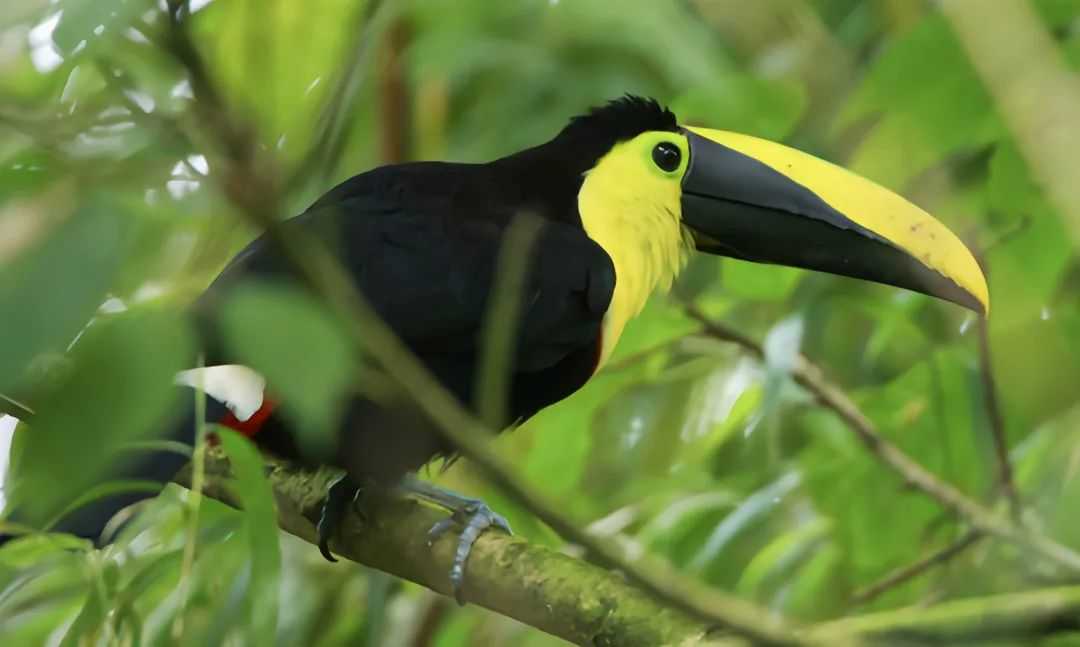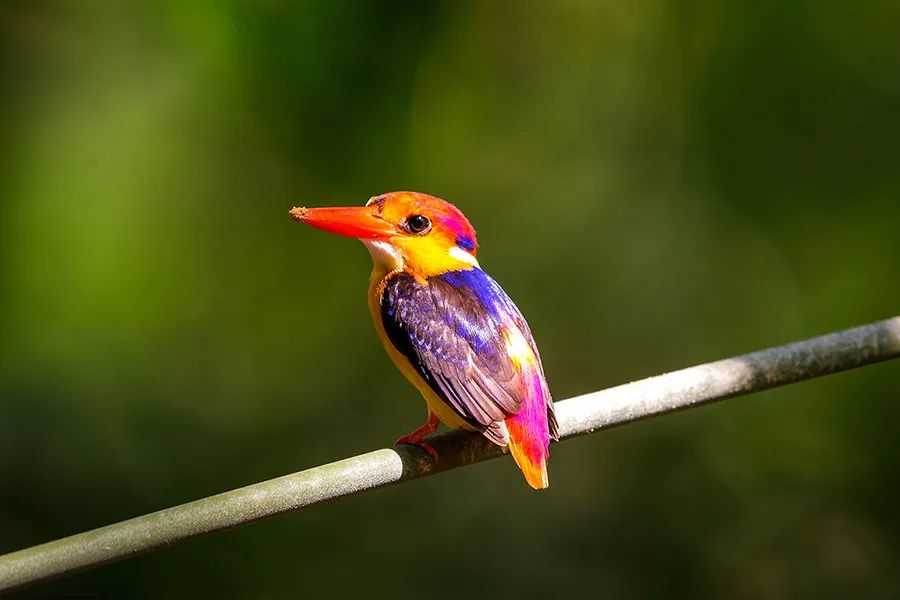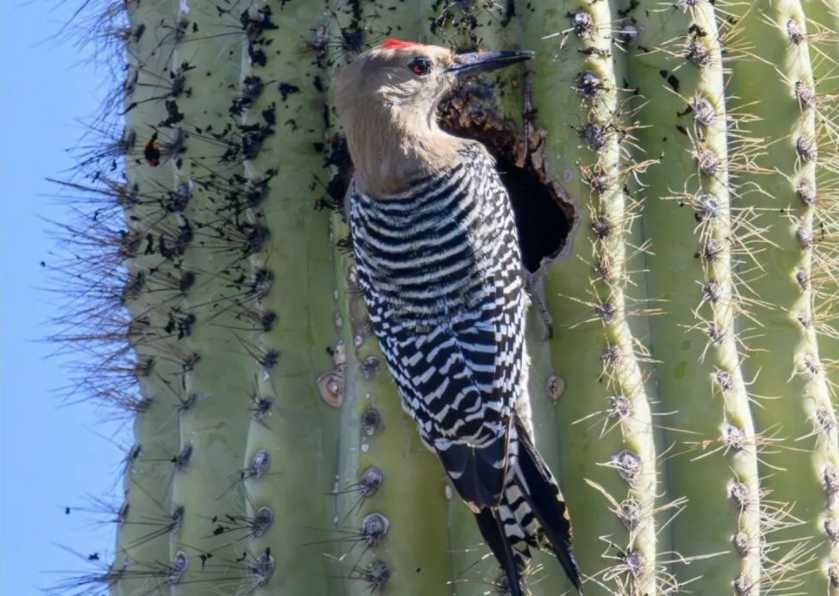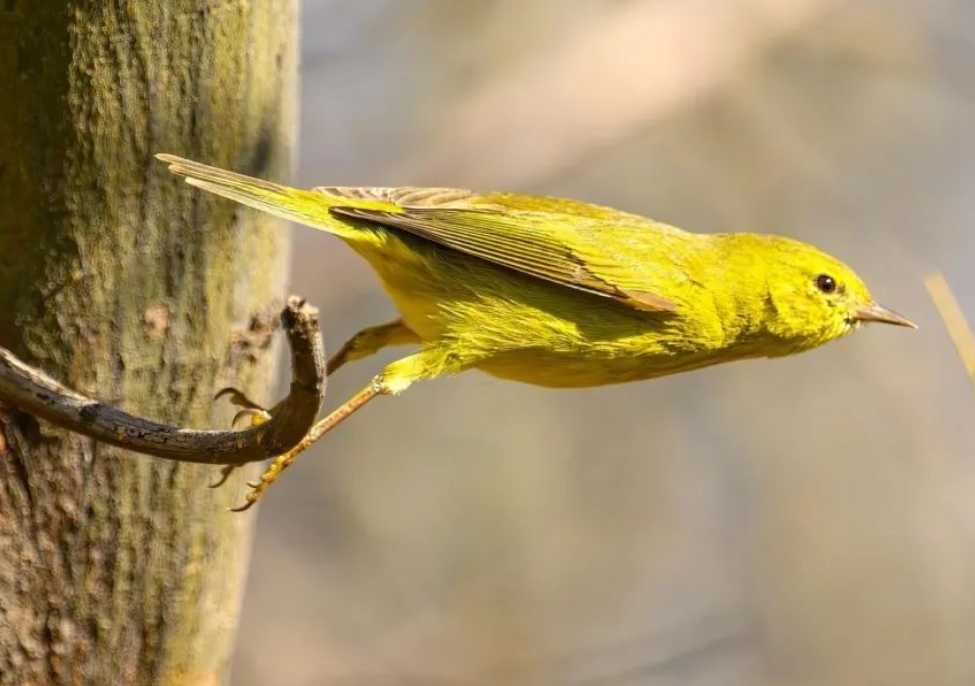Ramphastos brevis, commonly known as the Chocó toucan, is a captivating medium-sized bird endemic to the lush rainforests of northwestern South America. Renowned for its striking plumage and social behavior, this species plays a vital role in the intricate ecosystems of its native habitat, where it thrives amidst dense foliage and towering trees.
Measuring around 50 centimeters in length, the Chocó toucan boasts a predominantly black body that provides excellent camouflage within the forest canopy. Its most distinctive feature is the stark white plumage covering the chest, creating a dramatic contrast against the dark feathers. The bird's large, curved beak, adorned with subtle hues of yellow and red at the tip, is both a functional and visual highlight. Lightweight yet sturdy, the beak enables the toucan to expertly grasp and peel fruits, its primary food source, while also serving as a tool for defense and social interactions.
Inhabiting the dense understory and mid-canopy layers of tropical rainforests, the Chocó toucan is a highly social species, often seen in groups of 4 to 10 individuals. These flocks move through the forest in search of ripe fruits, particularly figs, berries, and palm nuts, which they swallow whole, aiding in seed dispersal and forest regeneration. To supplement their diet, they also consume insects, small reptiles, and even the eggs of other birds. Their vocalizations, a series of loud croaks and squawks, help maintain group cohesion and communicate territorial boundaries. During the breeding season, pairs excavate cavities in rotting trees, where females lay 2 to 3 eggs. Both parents share incubation duties and care for the chicks until they fledge.
Despite its adaptability, the Chocó toucan faces significant threats from habitat loss due to deforestation, logging, and agricultural expansion in its native range across Colombia and Ecuador. The destruction of rainforest habitats not only reduces food availability but also fragments populations, increasing their vulnerability to extinction. Conservation efforts, including the establishment of protected areas, habitat restoration projects, and community-based education programs, are crucial for safeguarding this iconic species. By preserving the Chocó toucan and its habitat, we protect a key component of South America's rich biodiversity and the delicate balance of its rainforest ecosystems.





